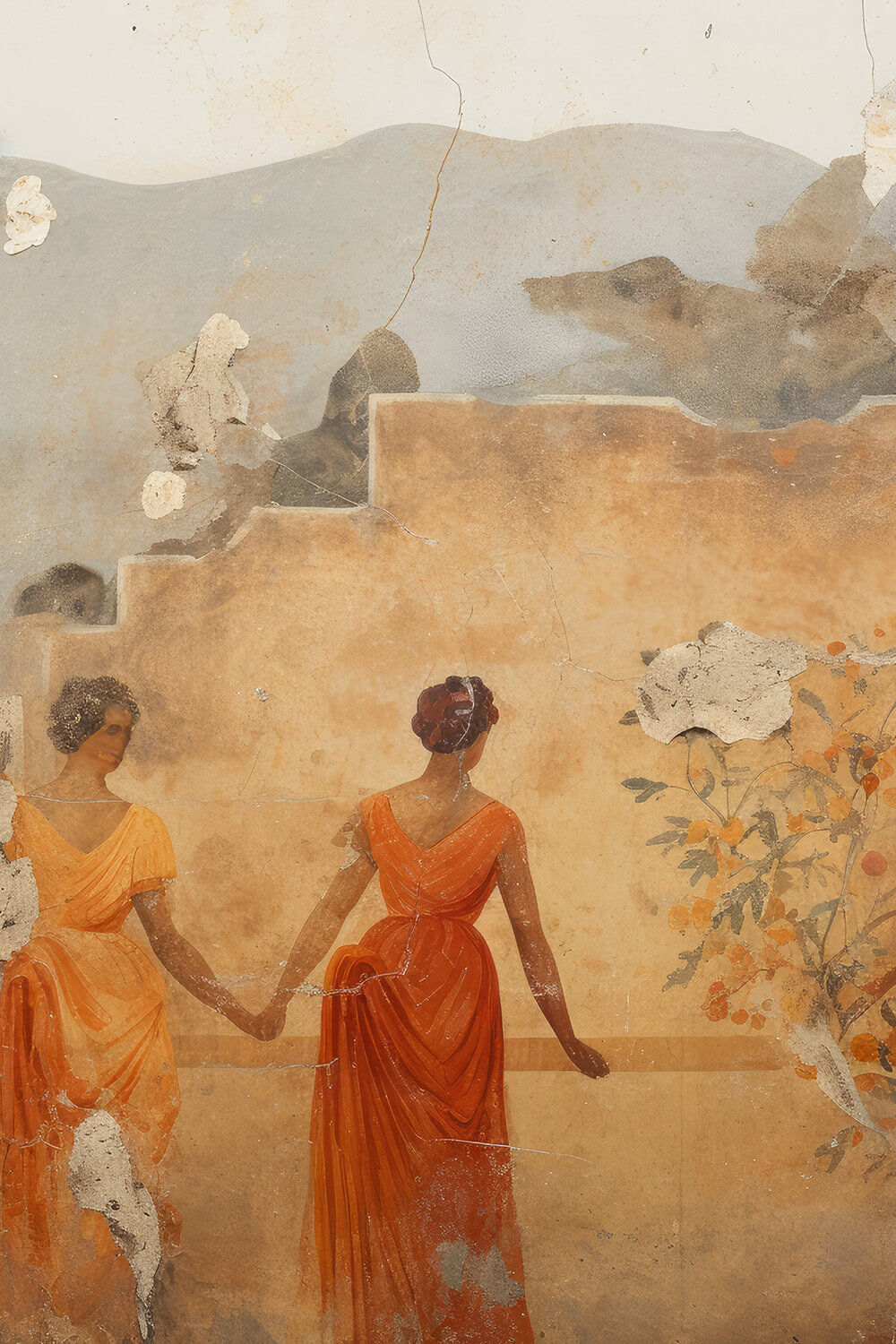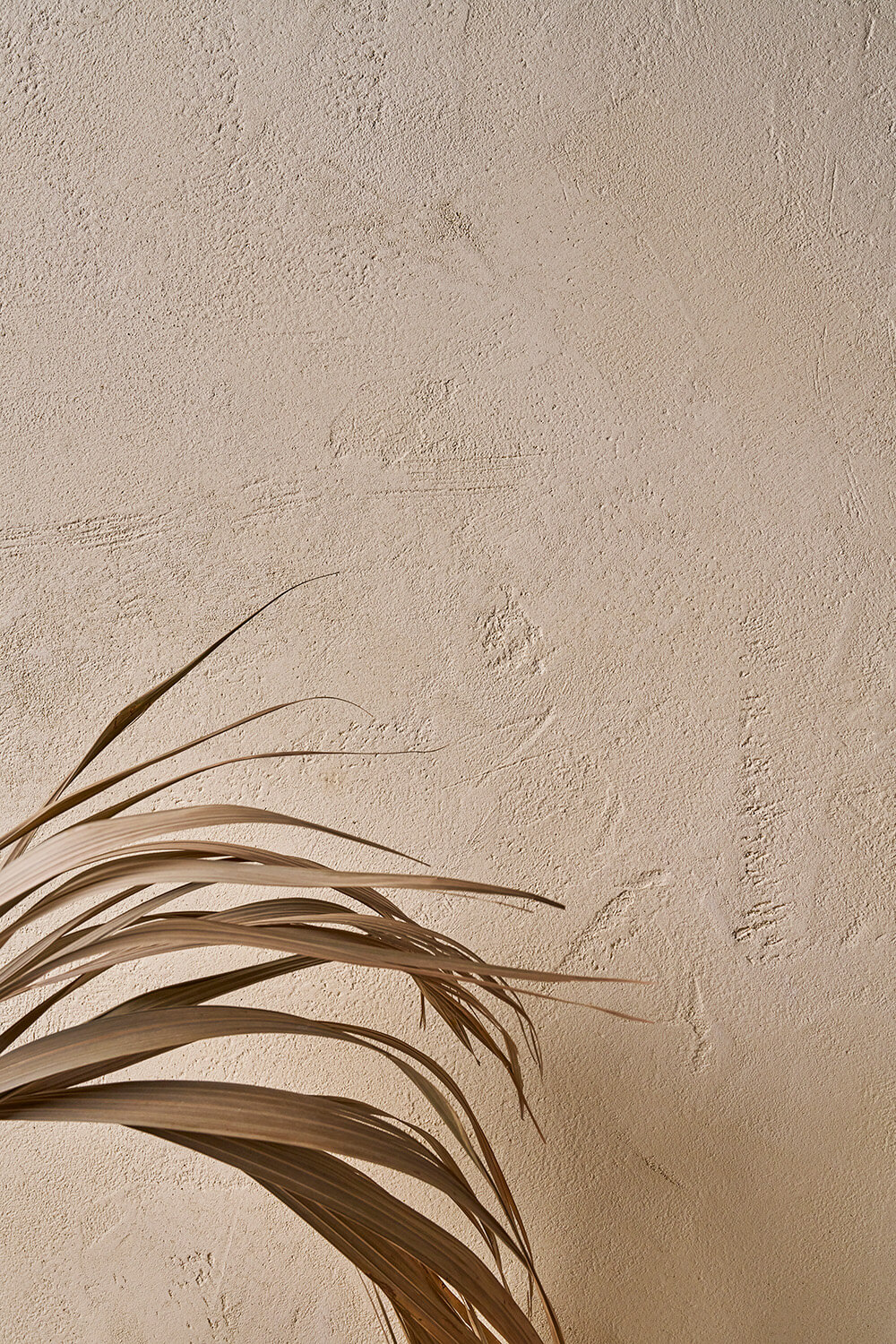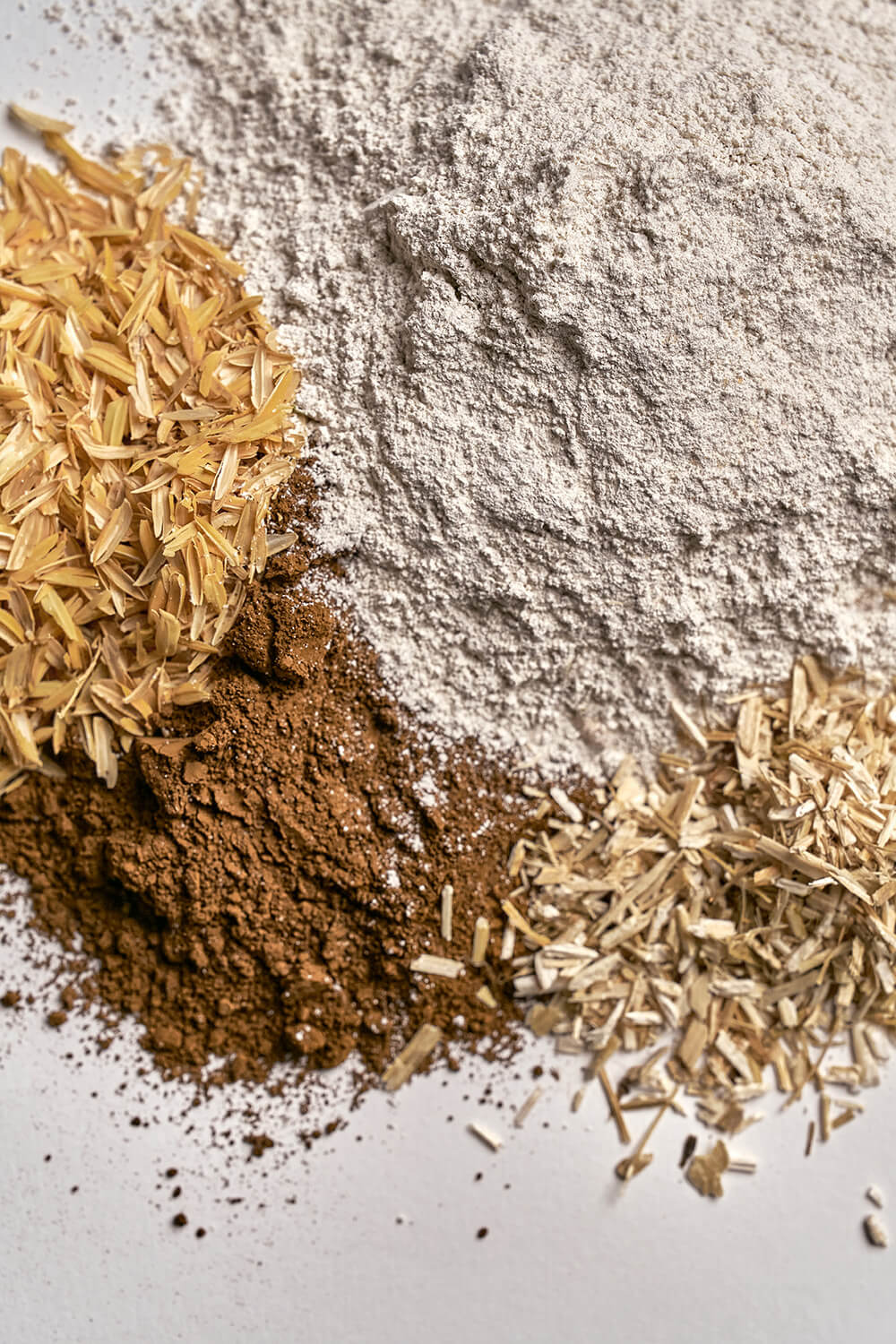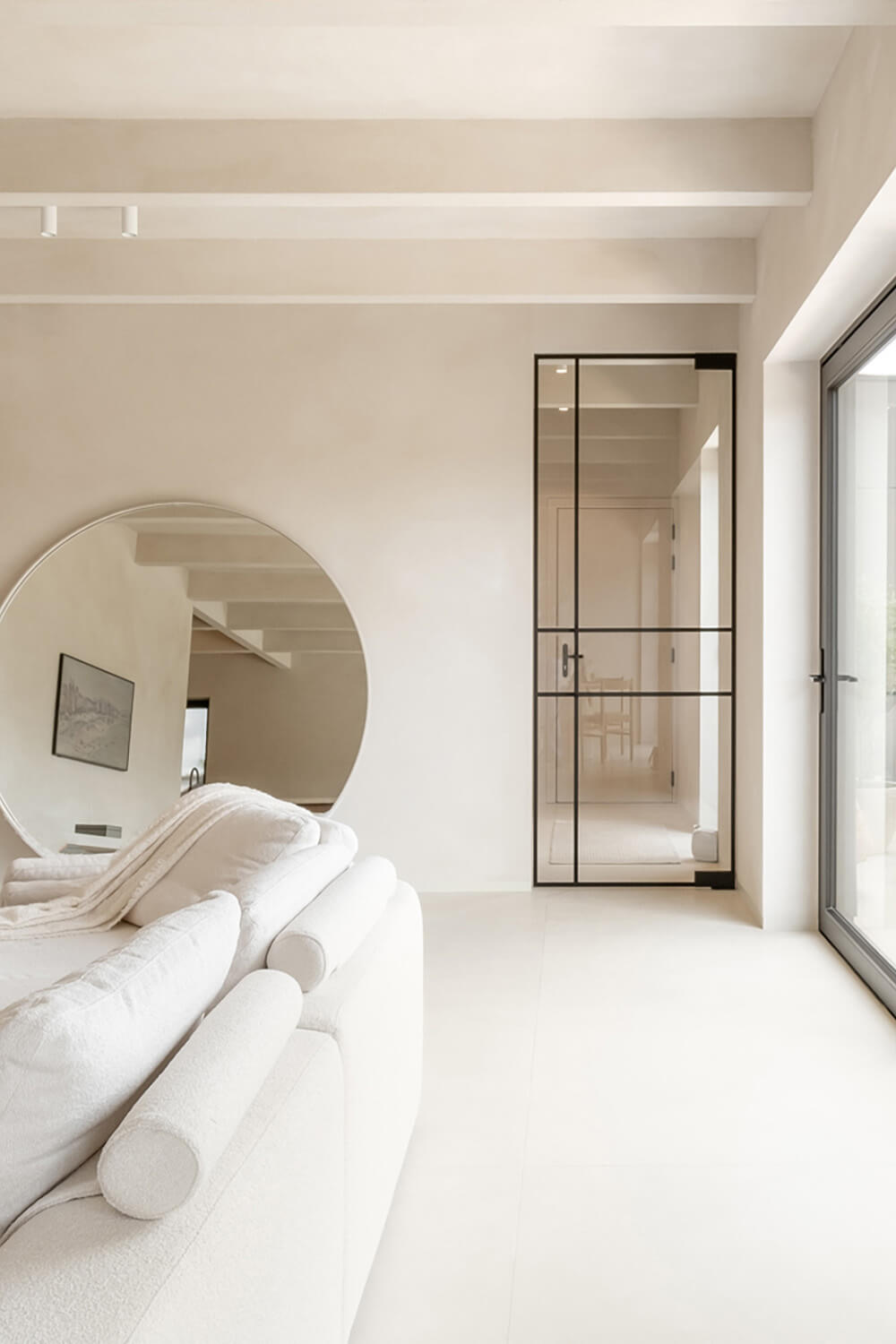Lime is one of the oldest and most versatile materials used by humans and has played an important role in the development of art and painting. Used in a variety of applications, from construction to frescoes, lime has influenced the aesthetic and technical evolution of artistic applications.
Lime’s historical origins
The first evidence of the use of lime dates back to the ancient Egyptian, Mesopotamian and Phoenician civilizations, where it was used as mortar for the construction of structures and as plaster for walls.
Lime in classical civilizations
In the Greek and Roman world, the use of lime became sophisticated. The Romans, in particular, perfected the art of lime production, using it not only as mortar, but also as a crucial element in the creation of frescoes. Lime plaster provided an ideal surface for painting, allowing pigments to penetrate and set permanently.

Mural art and frescoes
Fresco technique
The fresco technique consists of applying natural pigments on fresh, mainly lime-based plaster. This process allows the colours to chemically bond with the wall surface, ensuring extraordinary resistance and longevity.
The history of frescoes
From ancient civilizations to the Renaissance, the fresco technique has evolved continuously. While the Egyptians and Minoans used rudimentary methods, the masters of the Italian Renaissance took this technique to new levels of perfection, creating masterpieces that still inspire admiration today.
Fresco masterpieces
Among the most famous examples of the use of lime in frescoes are Michelangelo’s Sistine Chapel and Giotto’s frescoes in the Scrovegni Chapel. These works show not only the mastery of the artists, but also the extraordinary effectiveness of lime as a substance for wall painting.
Lime and pigments
Thanks to its alkaline properties, lime creates an ideal environment for the stability of pigments. During the carbonation process, pigments are firmly fixed to the plaster, thereby keeping colours vivid over time.
Development of pigments over time
Over the centuries, artists have experimented with different types of pigments. From natural minerals to vegetal substances, the combination with lime has always made it possible to obtain brilliant and long-lasting colours.
Historical examples
A notable example is the use of azurite and lapis lazuli — precious blue pigments — in Renaissance works. Lime made it possible to preserve the intensity of these colours, which is still visible today in many historical works.

Lime in architectural decoration
Plasters and stuccos
In addition to frescoes, lime was widely used in decorative plasters and stuccos. These elements not only enhanced wall surfaces, but also protected them from atmospheric agents.
Territorial differences
The use of lime varied greatly depending on the region. In the Mediterranean, for example, lime was often mixed with local materials such as pozzolan to create moisture-resistant plasters. Conversely, in Northern Europe lime was often combined with fine sands to obtain smooth, decorative finishes.
Stylistic evolution
Over the centuries, decorative styles have changed, but the use of lime has remained constant. From Baroque to Rococo, each period has developed specific techniques to make the most of the properties of lime.
Renaissance and artistic innovation
Italian Renaissance
The Italian Renaissance represents one of the most brilliant periods for art and painting. During this period, the use of lime and pigments reached new heights of sophistication and complexity.
Artists and techniques
Artists such as Leonardo da Vinci and Michelangelo used innovative techniques to apply pigments to lime surfaces. Leonardo, for instance, experimented with different mixtures of lime and pigments to achieve unprecedented chiaroscuro effects and depth.

Lime in modern and contemporary art
The transition to modern art
With the advent of modern art, the use of lime underwent a significant evolution. Although many modern artists have explored new materials and techniques, lime has remained an important component for those seeking to maintain a connection with the artistic traditions of the past.
Lime in contemporary art
Today, many contemporary artists use lime for its aesthetic and sustainable qualities. Lime is used not only for frescoes, but also for artistic installations and architectural interventions that make the best of its natural properties.

Contemporary techniques and innovations
Modern technologies
Modern technologies have made it possible to further improve the use of lime. New production and application techniques make it possible to obtain even more long-lasting and resistant results, both in the artistic and architectural fields.
Restoration and conservation
Lime also plays a crucial role in the restoration of historical works. Its compatibility with original materials makes it possible to restore frescoes and ancient structures without compromising historical integrity.
Future perspectives
Looking to the future, the use of lime in art and architecture continues to offer exciting possibilities. The combination of traditional techniques with new technologies could lead to surprising developments, keeping alive a thousand-year-old tradition.
Never-ending inspiration
The historical connection between art, painting and lime is deep-rooted and long-lasting.
From ancient civilizations to contemporary innovations, lime has played a vital role in the evolution of architectural decoration and artistic expression. Its use continues to inspire designers from all over the world, who choose it as the main element for wall coverings.
Lime wall coverings
Today lime is being rediscovered as an excellent material for wall coverings, not only for its aesthetic specificities but also thanks to its ecological properties. Natural lime, free of chemical additives, is breathable and antibacterial, which makes it ideal for healthy environments. Furthermore, its properties allow the natural regulation of humidity, preventing the formation of mould and improving the microclimate of the interior.
In addition, lime plaster can be coloured with natural pigments to obtain a wide range of shades, maintaining the same durability and beauty as historic coatings. The ease of application and the ability to create unique textures make lime a versatile choice for architects and designers alike.
Finally, lime is a sustainable material with a low environmental impact. This makes it an ideal choice for those who want to create eco-friendly buildings and eco-housing projects, with special attention to both aesthetics and sustainability.
Choosing Ideal Work’s Terrae – Calce product lines, such as Terrae-Calce Siena, Terrae-Calce Venezia, and Terrae-Calce Matera, means making your environment a small part of the historical connection that brings together lime, art and design.